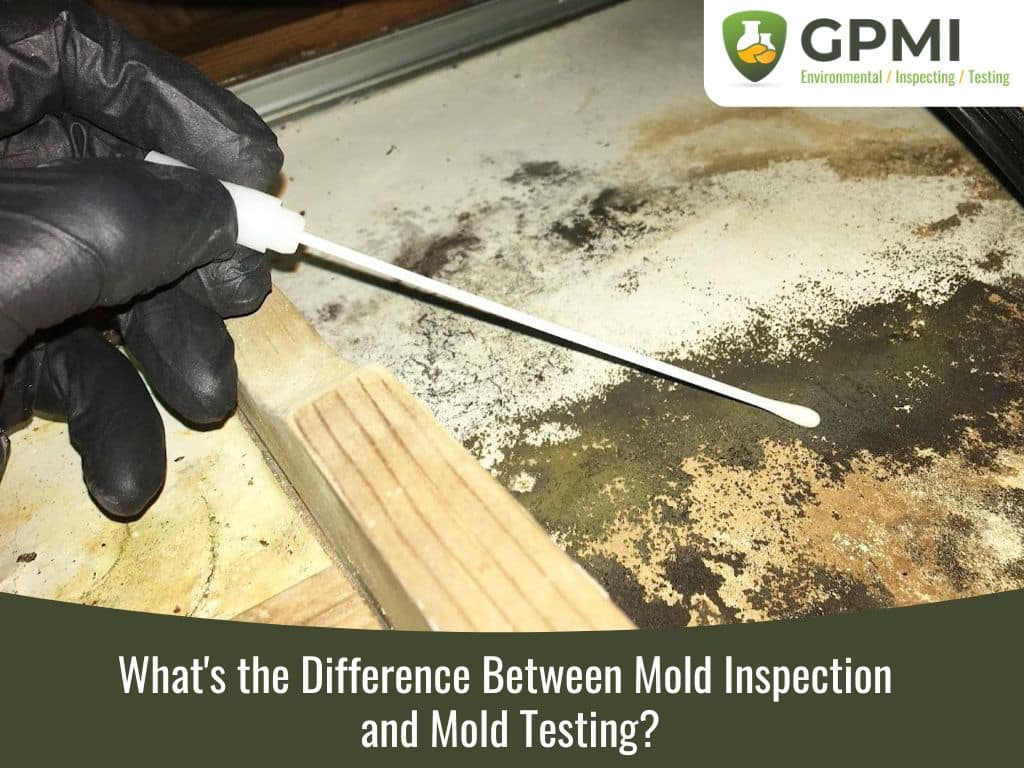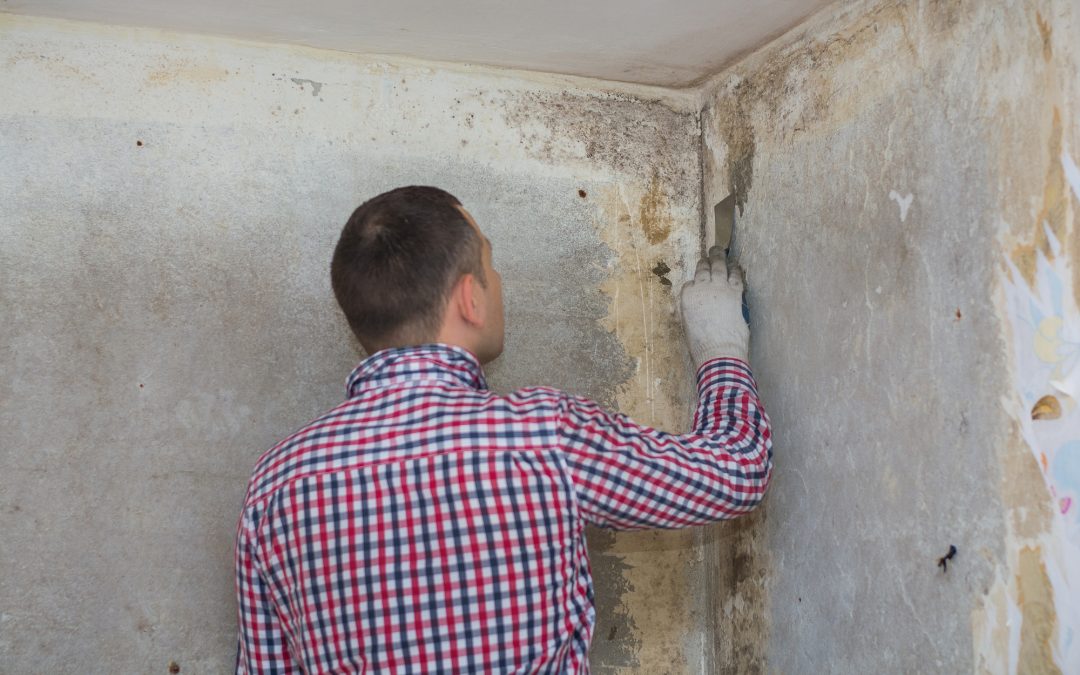After Mold Remediation Approaches for Tidy Areas
After Mold Remediation Approaches for Tidy Areas
Blog Article
Your Ultimate Guide to Post Mold Remediation Methods
Navigating the world of post-mold removal techniques is a meticulous procedure that requires attention to information and a thorough understanding of the ins and outs included. In the aftermath of mold invasion, knowing just how to successfully eliminate the mold and mildew and stop its reoccurrence is vital for maintaining a healthy and balanced interior atmosphere. From choosing the best cleansing and disinfecting techniques to executing approaches for long-lasting mold avoidance, each action in the removal journey plays a critical function in guaranteeing an effective outcome. As we start this expedition of post-mold remediation strategies, we will uncover the key methods and best methods that can aid you restore your area to its pre-mold condition and guard it versus future mold and mildew threats.
Understanding Post-Mold Remediation Refine
After finishing the mold and mildew removal procedure, it is vital to recognize the post-mold remediation methods that are needed to make sure a effective and comprehensive cleanup. As soon as the mold and mildew has been removed, the next action entails cleaning and sanitizing the affected locations to stop any type of regrowth of mold. This includes making use of specialized cleansing agents to clean down surface areas and kill any kind of staying mold and mildew spores. It is vital to dry out the location completely to inhibit the growth of mold in the future (testing air quality after mold remediation). Appropriate ventilation and dehumidification can aid in this process.
Furthermore, carrying out a last inspection post-remediation is crucial to make certain that all mold has actually been efficiently eradicated. This inspection needs to involve a detailed visual check in addition to possibly air tasting to validate the absence of mold spores in the air. If the evaluation discloses any remaining mold and mildew, added remediation may be required. Lastly, informing residents on preventative measures such as controlling moisture levels and promptly attending to any kind of water leakages can assist preserve a mold-free setting.
Efficient Cleaning Up and Disinfecting Approaches

Protecting Against Future Mold And Mildew Development

Value of Appropriate Ventilation
Correct ventilation plays a critical function in avoiding dampness accumulation, a key consider mold and mildew development within indoor settings. Efficient air flow systems help remove excess moisture from the air, decreasing the opportunities of mold spores locating the dampness they need to germinate and spread. Without sufficient air flow, indoor areas can end up being a breeding ground for mold and mildew, leading to prospective wellness risks and architectural damage.
By making certain proper air blood circulation, ventilation systems can also aid in drying out damp areas quicker after water damages or flooding incidents, even more hindering mold growth. Post Remediation Inspection near me. In rooms like washrooms, basements, attic rooms, and cooking areas where moisture levels tend to be higher, installing and maintaining effective ventilation systems is important in stopping mold invasions

Monitoring and Upkeep Tips
Provided the crucial duty that appropriate ventilation plays in preventing mold and mildew growth, it is vital to establish reliable surveillance and maintenance pointers to make sure the continued performance of ventilation systems. Normal evaluations of air flow systems ought to be performed to examine for any kind of signs of clogs, leaks, or breakdowns that can hinder correct airflow. Surveillance humidity levels within the property is additionally important, as high moisture can add to mold development. Mounting a hygrometer can assist track moisture degrees and alert house owners to any kind of spikes that may need focus. Additionally, making sure that air filters are routinely cleaned or changed is essential for maintaining the effectiveness of the air flow system. Executing a schedule for routine upkeep jobs, such as air duct cleaning and HVAC system examinations, can assist protect against issues before they intensify. By staying aggressive and alert to the condition of ventilation systems, residential or commercial property owners can successfully minimize the threat of mold and mildew regrowth and maintain a healthy indoor environment.
Final Thought
Finally, post-mold remediation techniques are essential for ensuring a clean and secure setting. Comprehending the process, executing effective cleansing and sanitizing methods, protecting against future mold and mildew growth, keeping appropriate ventilation, and routine monitoring are all essential actions in the remediation procedure. By complying with these guidelines, you can efficiently get rid of mold and mildew and avoid its return, promoting a healthy and balanced living or working room for all passengers.
In the aftermath of mold and mildew infestation, recognizing exactly how to properly eliminate the mold and mildew and prevent its reoccurrence is vital for maintaining a healthy and balanced interior setting. Once the mold has actually been removed, the next action entails cleaning and disinfecting the impacted locations to prevent any type of regrowth of mold and mildew - Post Mold remediation cleaning. After getting rid of noticeable mold and mildew growth, it is essential to cleanse all surface areas in the damaged area to eliminate any staying mold and mildew spores. To further enhance mold prevention actions, it is vital to attend to underlying concerns that originally led to mold development.Provided the important duty that proper ventilation plays in avoiding mold development, it is important to develop efficient tracking and upkeep ideas to ensure the continued functionality of ventilation systems
Report this page